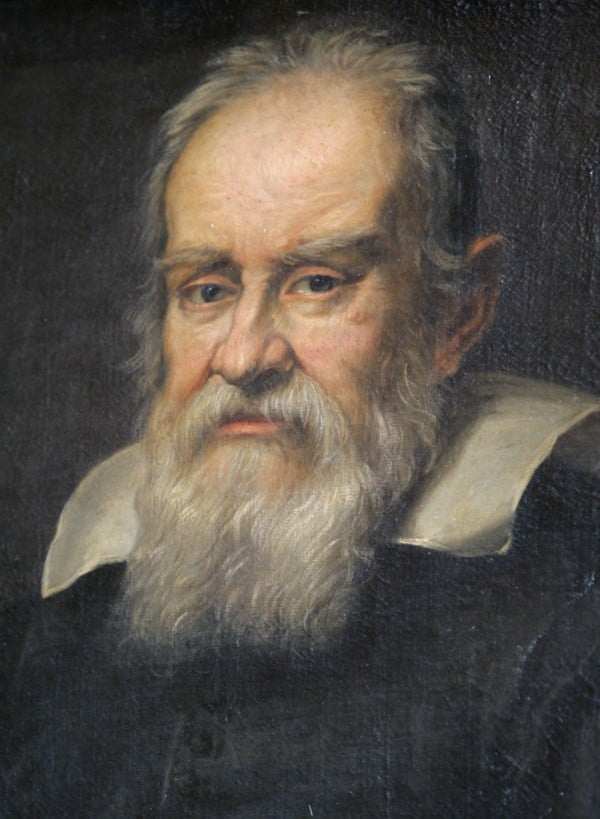
Bowel cleanse for better DNA: the nonsense science of Modi’s India
- Newton’s out, Narendra Modi waves are in – as are nip and tucks for gods and stem-cell surgery for mythical beings
- In modern India, science is in danger of becoming a matter of politics and religion
Krishnan identifies himself as a senior scientist with the World Community Service Centre, a society that works towards world peace “through individual peace”, located in Tamil Nadu. It is unclear how a society working for world peace was associated with the Indian Science Congress. The venue of the congress was also intriguing – the Lovely Professional University is a private university of small repute, known for being set up by a family that had a successful sweets business whose founder never went to school himself.

At a children’s session at the same congress, G. Nageswara Rao, a professor of inorganic chemistry, said the 100 Kaurava siblings mentioned in the Indian epic Mahabharata were born using stem-cell technology. It was initially thought Rao might have told stories around science because he was addressing children, but when he was later contacted by the press to clarify, he said he considered the Mahabharata and the Ramayana – an epic poem – to be history and not simply legends.
With his stem-cell story, Rao looped back to an address made by Modi in 2014, months after he was elected to power in a landslide victory. Speaking to doctors, Modi said the birth of Karna, a great warrior in the Mahabharata , was an example of stem-cell technology in the age of the epic; as legend has it, Karna was born to his mother out of wedlock. At the same event, the prime minister said the Hindu god Ganesha, who is depicted with an elephant’s trunk in place of his nose, was an example of plastic surgery in ancient India.
What Bollywood icon’s fatherhood says about India’s attitude to homosexuality
From 2014 to 2019, the Modi government has shown remarkable consistency in one subject: its continual delivery of nonsense science. In September 2014, Modi made statements sceptical of climate change: “Climate change? Is this terminology correct? The reality is that in our family, some people are old … They say this time the weather is colder. And people’s ability to bear cold becomes less.”
Yet, Modi is not entirely a climate-change sceptic either. According to The Guardian , in a 2011 e-book titled Convenient Action he wrote: “Climate change is definitely affecting the future generations which, as of now, have no voice on the actions of the present generation.” This contradiction, however, has only been at the level of statement. In terms of policy, Modi’s government has been decisively anti-environment.

In June 2017, one of Modi’s ministries issued an advisory booklet for pregnant women that asked them to abstain from eating meat, having sex, and to look at beautiful pictures and think beautiful thoughts. This occurred even though the figures on malnutrition among Indian women and children are concerning – the most recent official data showed half of pregnant women aged 15-49 were anaemic and four in 10 children under the age of five were stunted.
A month before, the Rashtriya Swayamsevak Sangh (RSS) – the parent organisation of Modi’s Bharatiya Janata Party (BJP) – organised a workshop in the city of Kolkata for birthing “perfect, genetic defect-free” babies, an interest in eugenics that it seems to share with the Nazi Party in Germany. Hitesh Jani, an RSS member and the man behind the project, claimed 10 out of the 450 babies it helped birth were at genetic risk of conditions like thalassaemia and multiple sclerosis.
Keeping death in the family: the ‘untouchables’ vital to Kolkata mortuaries
“They are all free of the disease. We are also keeping notes on academic performance and health indicators, and on all these counts, 84 of these children are doing better than their siblings,” he said.
According to Jani, genetic re-engineering can be achieved simply through bowel cleansing. If you follow a routine of fasting and consumption of ghee [clarified butter], you will have such good bowel movements that both semen and eggs are cleansed, and couples can conceive babies with improved genes. The act of conception itself, moreover, must be timed according to planetary movements and alignments.
That DNA can be improved through good bowel movements is a unique idea. There is no scientific literature to support this, and no one from the governing BJP has commented on these claims.
A CURIOUS RELATIONSHIP
It is worth pointing out that the Indian government also has genuinely impressive scientific achievements to its credit. In 2014, the Indian Space Research Organisation became the first space agency in the world to reach the orbit of Mars on its first attempt with the Mangalyaan orbiter.
The BBC praised the US$74 million project for being “by Western standards, staggeringly cheap”.
India’s HIV-AIDS programme is the largest in the world, and is admired for producing the cheap generic drugs that put treatment within reach of the poor. Indian software technology is not cutting edge, but is valued internationally for its solidity and cost efficiency. Indian software engineers furnish the ranks of many international companies.

The BJP, however, has a curious relationship with science: it appears to worship science but does not believe in its fundamentals – empiricism and evidence. More specifically, it is in love with the idea of ‘Hindu science’ – an ancient framework of knowledge contained in the Vedas and other books of Hindu scriptures, which supposedly contain the fundamental principles of everything from flying to plastic surgery to genetic engineering.
Government leaders from the party have proposed introducing university courses on astrology – the study of human destiny based on planetary movements – and “Vedic mathematics”, or a set of problem-solving tricks for addition and multiplication gleaned from the Vedas, in schools.
Inconvenient truths: the murder of journalism in India
Perhaps this has to do with the philosophy of the RSS, founded in 1925 at a time of intense nationalism in response to British colonialism. But unlike the Congress party, the grand old party of the Indian national movement which is ideologically secular, the RSS’ basic philosophy is that India is the motherland of Hindus. Central to this argument is the belief that the Hindu civilisation, occupying the geography that is called India today, was a highly developed, scientifically advanced civilisation suppressed for a thousand years – first by the Muslim invaders and settlers, and then by the colonial administration. Hence the deep mistrust of Muslims and Christians, and the belief that everything that the colonising West claims as its achievements is actually the work of the ancient Hindus.
Recent Bollywood cinema seems to feed this belief: in Bajirao Mastani (2015), a lavish operatic film set in the 18th century, director Sanjay Leela Bhansali suggests that cinema projection, or at least a version of it, existed in Indian palaces. The film Hawaaizada (2015), suggests a man from Maharashtra state in contemporary India designed and flew an unmanned aeroplane in 1895, five years before the Wrights Brothers made their first flying experiments.

I experienced a taste of this thinking myself when I travelled to report on the schools for indigenous children that the RSS runs across the length and breadth of India. One of the teachers, a tribal person schooled in the RSS system himself, was dismissive of the high-school curriculum. He fetched a copy of the middle-school science book, opened it and stopped almost immediately: “This Galileo, who is this Galileo, why should we study this Galileo, what does it have to do with us?”
“Galileo was the first to prove that the Earth goes around the sun, until then it was thought that the sun goes around the Earth,” I said.
“Well, all right,” he said, sulkily, “but there is not enough of our history.” ■

